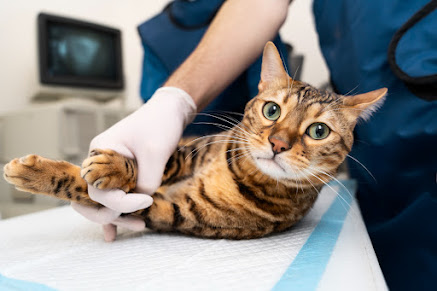Are Otterhounds the Majestic and Endearing Dogs of Your Dreams?
The Otterhound is a breed that captivates with its shaggy coat, impressive size, and unique history. Known for its love of water and exceptional hunting abilities, this majestic dog has been a cherished companion and working dog for centuries. In this comprehensive guide, we will explore the origins, characteristics, temperament, care requirements, training, health considerations, and more about the Otterhound. By the end, you will have a deep understanding of this magnificent breed and why it continues to hold a special place in the hearts of dog lovers worldwide.
Origins and History:
The exact origins of the Otterhound can be traced back to medieval times, where it emerged in England as a dedicated otter hunter. Bred from a combination of the now-extinct Southern Hound, Bloodhound, and various rough-coated terrier breeds, the Otterhound possesses the ideal blend of strength, scenting ability, and endurance required for hunting otters. Otters were considered pests, causing damage to fish populations in rivers and streams, and the Otterhound played a vital role in controlling their numbers.
Characteristics:
The Otterhound is a large, strong, and well-built breed that possesses a striking appearance. Its most distinguishing feature is its thick, rough, and water-resistant double coat. The outer layer is coarse and shaggy, providing protection against the elements and dense undercoat for insulation. The coat comes in various colors, including grizzle (a combination of gray and tan), wheaten, and red. This breed requires regular grooming to prevent matting and maintain the coat's health and appearance.
The head of the Otterhound is broad and large, featuring a well-defined muzzle and a pair of expressive, deep-set eyes that radiate warmth and intelligence. The ears are long and pendulous, adding to the breed's endearing charm. Standing at an impressive height of around 24 to 27 inches (61 to 69 cm) at the shoulder, and weighing between 80 and 115 pounds (36 to 52 kg), the Otterhound commands attention with its substantial size.
Temperament:
The Otterhound is renowned for its amiable and sociable nature. This breed tends to get along well with children, making it an excellent choice for families. They generally have a gentle and patient demeanor, though their exuberance and large size may inadvertently overpower or knock over smaller children, necessitating supervision during playtime. Otterhounds also tend to be amicable towards other dogs, making them suitable for multi-pet households.
Being a scent hound, the Otterhound possesses a keen sense of smell and an innate drive to follow scents. Consequently, they may become easily distracted during walks, so it's advisable to keep them on a leash or within a securely fenced area. Early socialization is crucial to ensure they develop good manners and become well-rounded individuals. Additionally, positive reinforcement training methods that incorporate treats, praise, and consistency work best for this intelligent and sensitive breed.
Care and Exercise:
Caring for an Otterhound entails certain responsibilities to ensure its well-being. Regular grooming is essential to maintain the coat's health and prevent matting. Weekly brushing helps remove debris, tangles, and loose hair. During shedding seasons, which typically occur twice a year, more frequent brushing may be required to manage the shedding. Additionally, regular ear cleaning is necessary to prevent infections, given the breed's droopy ears.
As an active breed, the Otterhound thrives on regular exercise to keep its body and mind stimulated. Daily walks, playtime in a securely fenced area, and swimming sessions are beneficial for their overall well-being. These activities cater to their love for water and help channel their energy in a positive manner. Mental stimulation through puzzle toys, interactive games, and training sessions is equally important to prevent boredom and ensure a contented Otterhound.
Health Considerations:
The Otterhound is generally a healthy breed with a lifespan of around 10 to 12 years. However, like all dogs, they can be susceptible to certain health conditions. Responsible breeders prioritize health and perform various health screenings on their breeding stock to minimize the risk of passing on genetic disorders. Some of the health concerns that Otterhounds may be prone to include hip dysplasia, elbow dysplasia, bloat, hypothyroidism, progressive retinal atrophy (PRA), and various eye conditions.
Regular veterinary check-ups, a balanced diet, appropriate exercise, and maintaining a healthy weight are crucial aspects of ensuring the Otterhound's well-being and longevity. Being a deep-chested breed, they are susceptible to bloat, so feeding them smaller meals throughout the day and avoiding vigorous exercise immediately after meals can help minimize the risk.
Conclusion:
The Otterhound, with its regal appearance, friendly disposition, and remarkable hunting abilities, continues to captivate dog enthusiasts around the world. Its unique history as a specialized otter hunter adds to its charm and sets it apart from other breeds. Whether as a loving family companion or an occasional participant in dog sports and activities, the Otterhound brings joy, loyalty, and adventure to the lives of those who appreciate its distinct qualities. With proper care, training, and an understanding of its needs, the Otterhound can thrive and leave an indelible paw print on the hearts of its owners for many years to come.

.png)




